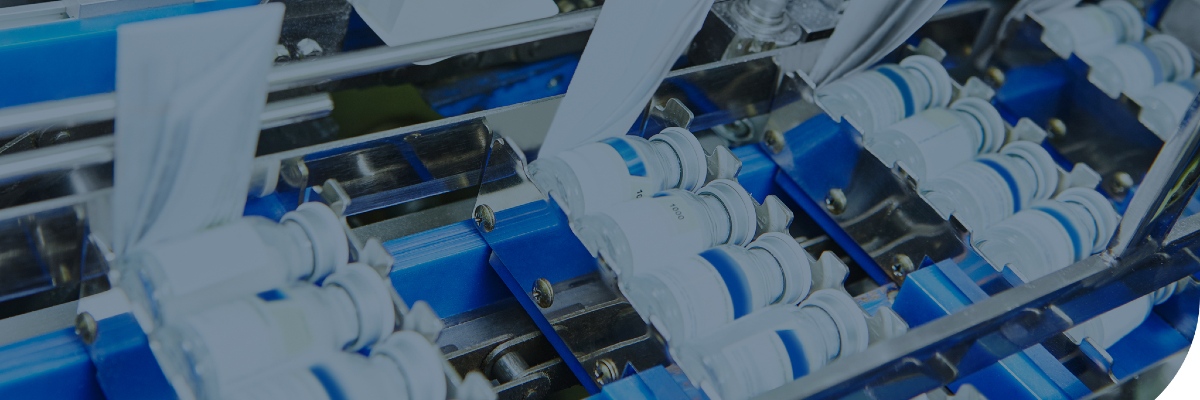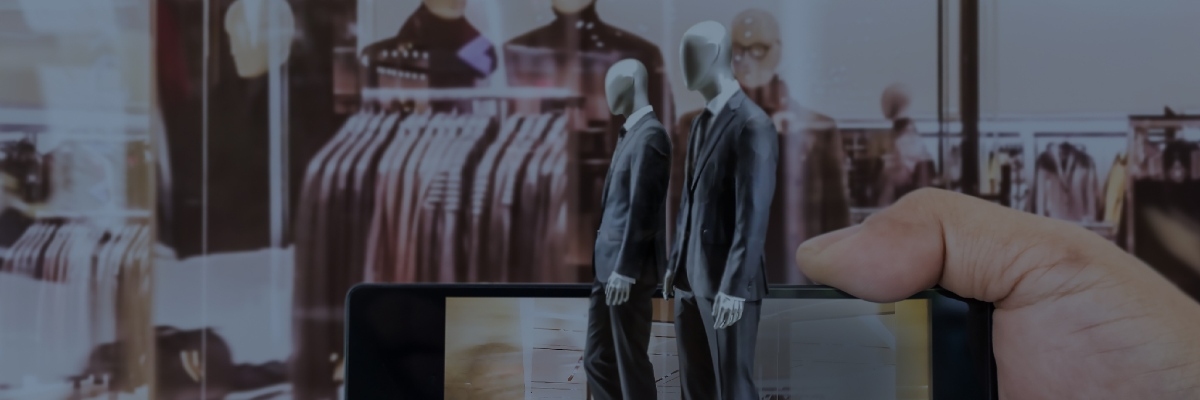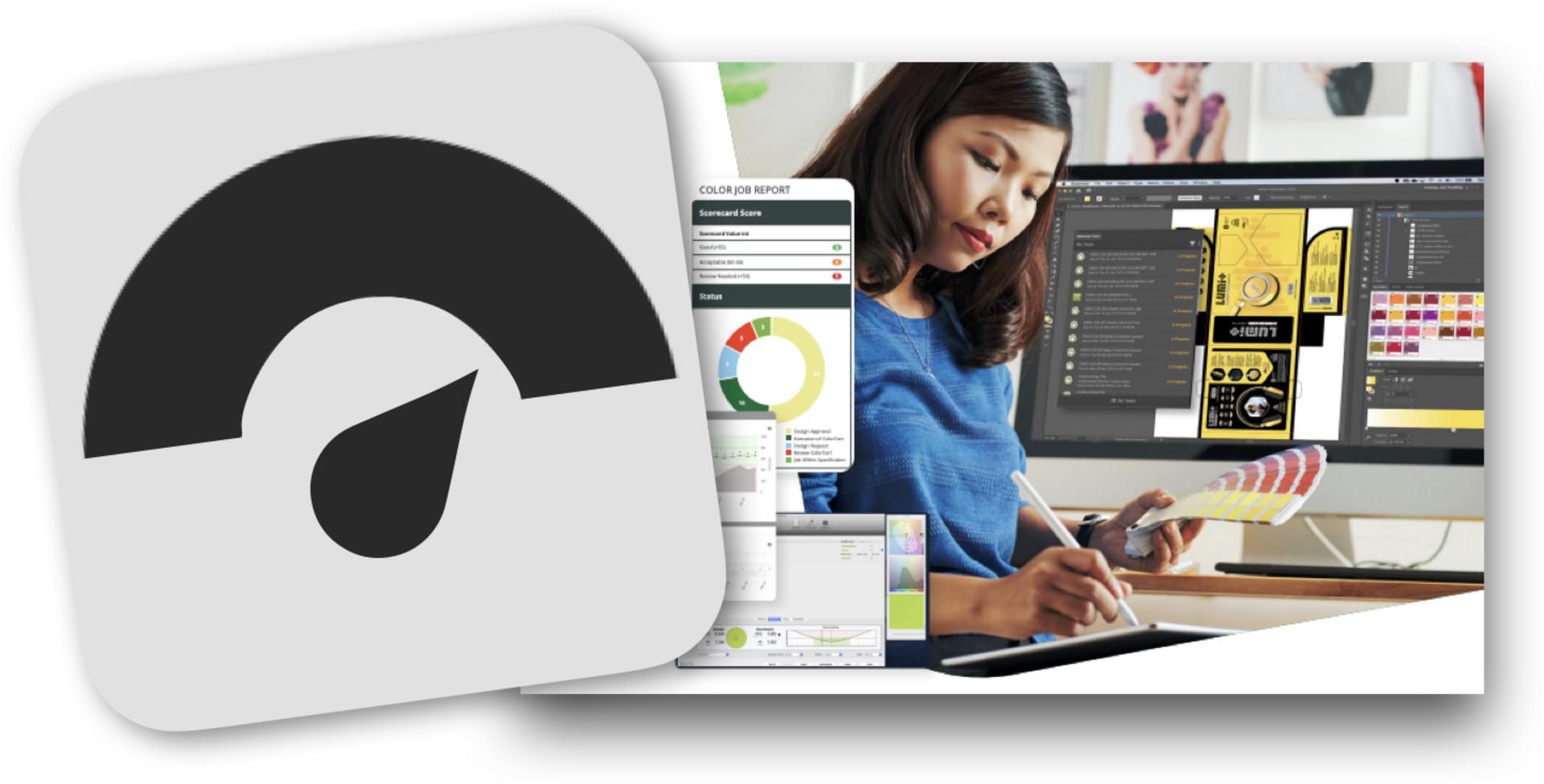We’ve all heard the buzz around Mark Zuckerberg’s Metaverse. But if you’re wondering what it is, and how it may affect your company, you’re not alone. In the digital age, anything is possible. The metaverse reflects the future of, among other things, automation and continued digital transformation. These are the building blocks of a successful company, and maybe even a successful society. Let’s explore what the metaverse is and how companies can up their digital game to satiate the evolving digital appetite of consumers.
What is the Metaverse?
Well, there really is no official definition for the metaverse yet. However, people in the know describe it as essentially a complete digital landscape. It brings together unique technologies to create the ultimate internet experience. It is flexible, allowing participants to control their own digital experiences.
According to Meta, the new name of Zuckerberg’s social technology company, “The metaverse will feel like a hybrid of today’s online social experiences, sometimes expanded into three dimensions or projected into the physical world. It will let you share immersive experiences with other people even when you can’t be together — and do things together you couldn’t do in the physical world. It’s the next evolution in a long line of social technologies, and it’s ushering in a new chapter for our company.”
So, it’s safe to say the metaverse is the next generation of the internet, bridging the physical and digital worlds. According to XR Today, “The three most common forms of technology associated with the Metaverse (outside of the internet itself), are XR, blockchain, and AI.” The actual mechanism to “jump into” the metaverse is VR, while AR allows users to make it part of their own reality.
How Does the Metaverse Affect Brands?
Consumers crave innovative technology affording them new experiences or making their lives more convenient. To them, digital experiences are perceived as novel, engaging, and fun. VR, for example, is one method brands use to encourage consumer interaction with a product or idea, the goal being merging digital experiences with real life in a new way. The metaverse will enable companies to create fantastic digital environments, and brands can test ideas and innovations through an immersive and easily accessible platform. There’s no doubt the metaverse is going to be a game changer.
As Euromonitor International explains in their Top 10 Global Consumer Trends 2022 report,
“Innovative companies have already employed AR / VR applications in their business processes. Consumers using online games and video-first social media for streaming and socializing are establishing the groundwork for The Metaverse Movement.
Improvements in AR / VR capabilities and lower equipment costs will increase access to 3D virtual spaces. Consumers who already interact with immersive online social settings will spend even more time in entirely computer-generated environments. As The Metaverse Movement continues to gain tech-savvy participants, businesses must learn their role to increase brand recognition and generate revenue.”
The Metaverse and Gamification
Gamification is the process of creating a game or activity to keep consumers engaged with a particular product or experience. In fact, according to Whiplash, “gamifying the retail experience is the key to creating more immersive brand experiences.”
When you think of an immersive digital experience, you often think about video games and VR headsets. The participants in these activities, or “gamers”, are the original adopters of virtual environments. While this technology is not new, it was included in the Wall Street Journal’s October 2020 publication predicting widespread adoption in 2021. According to the same report, consumers who like to game are already participating in the metaverse. Euromonitor International states, “38% of consumers took part in online video gaming at least weekly in 2021, up from 29% in 2015.” Clearly, their future involvement in commerce through the metaverse is not insubstantial.
Technology You Need to Enter the Metaverse
As technology becomes increasingly ingrained in every facet of daily life, the boundary between digital and physical realities is becoming more and more blurred. For example, with the use of an avatar, people can “live” in digital environments to the exclusion of physical ones (XR Today). Is it any surprise that virtual products will and already have started to find their way into this environment?
Accordingly, brands are using ecommerce to sell both physical and virtual goods through digital platforms. They are employing digital twin technology to provide a 3D virtual, hyper-realistic equivalent of life in the real world. One way they do this is through packaging and the associated design process.
For instance, brands already utilize 3D solutions to streamline processes and create efficiencies in the supply chain. Automated Packshots from Esko, a module within Esko’s WebCenter, uses the structural design, artwork, and specifications you’ve created to generate photorealistic product images. Packshots are created as a part of your existing workflow – as soon as the artwork is approved, images are generated automatically, in minutes.
Automated Packshots helps eliminate the need for physical prototypes and photoshoots. Creating photorealistic images ready for ecommerce reduces the cycle time for packshots by 90%. Additional benefits include efficiently collaborating with online reviews of realistic prototypes that are GS1 compliant. Reviewing and approving multiple iterations of packshots before physical production, and creating them from production files that are in sync with printed packaging, saves brands both time and money.
Taking the Leap into Virtual Reality
The beauty of today’s technology is being able to see what you’re doing before you actually do it. For example, Store Visualizer from Esko is a virtual reality packaging software that enables companies to test the visual impact of its latest design in a virtual environment where it all happens: the store. Create a virtual retail environment with Studio Store Visualizer. See your new designs on the shelf next to the competition, present a complete product launch in 3D, including retail-ready packaging, displays and other branded items.
In a virtual store environment, you have the luxury of seeing your product on the shelf next to the competition to determine your optimal design and shelf-space. This enables you to virtually launch the complete product line in 3D, including retail-ready packaging, displays, signs, and other branded items.
As the foregoing demonstrates, VR is a hyper-realistic. Wander the store, pickup products to see the up close and even add them to your virtual shopping cart!
Additionally, consumer insights gathered using VR technology allow for testing designs before releasing a product. Store Visualizer’s eye-tracking technology records a research participant’s journey through your 3D store. Heatmaps help identify key areas where the participant has focused on your product packaging. Identify shopper behavior to improve your product packaging and overall design impact.
The Takeaway
The metaverse challenges brands to be agile in both the virtual and physical marketplaces. To compete in the metaverse, they must accept the new and almost fanciful world within which consumers expect to be able to make their purchases. Science fiction, perhaps, but the science fiction of yesterday is the reality of today.
Want to Learn More?
Attend the webinar “3D, AR, and VR in Packaging: Beyond the Buzz!” on June 28th 2022 at 11am ET / 5pm CET.
Learn about real-world opportunities using 3D, virtual and augmented reality and automation for packaging design, consumer engagement and more.
Key takeaways include:
- How 3D delivers big productivity gains for the packaging designer
- How VR helps you successfully design, market, and better position your product, on the shelf, for maximum impact
- How to reduce the cost to deliver brand imagery and content to your ecommerce and icommerce channels
- How to increase speed and quality with a collaborative workflow strategy, tailored for product and packaging development
Special Guests : Packaging Design executives from Conagra Brands will present real life examples and the benefits they gain from Virtual Reality tools to enhance their go-to-market process.
Register here!










